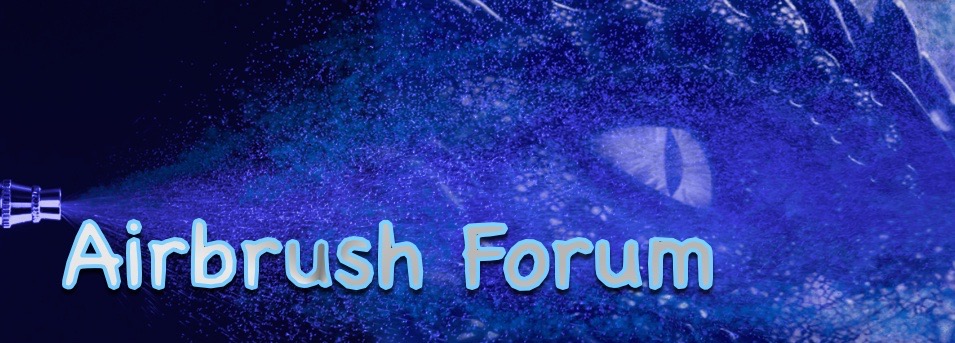This is an oldie, but if any newbies reading this wants to know the answer, here goes:_
If by 'mastering the fundamentals of airbrushing' someone means, definitive numbers and recipes etc regarding paint/reduction/air ratios - you won't find any as such, because they don't exist. The reason being that there are too many variables.
Different airbrushes, brands, nozzles sizes, paints - even colours within the same paint brand, or whether they are opaque or transparent, what you want to paint - fine detail, blanket coverage, something in between, the surface you are painting on - fabric, hard, paper, board etc, the method or preference of painting style etc........means that there is no hard and fast one rule fits all. Even if you had two people painting the same image, on the same surface, with the same equipment and set up, but in different places, they won't have exactly the same ratios due to climate, environment and humidity, which can have a big effect.
So while exercises can be shown, along with different methods and styles, and all the basic principles of art such as light source, proportion etc can be universally taught, paint/reduction/air ratios, flow and trigger control can't. The actual process of getting paint to flow as you need it is a very personal thing. The only thing you can do is have a methodical experimental approach, and record and compare results, to narrow down what works for you. The basic rule of thumb is to add reducer drop by drop, and adjust air to suit to get the effect you are looking for. The more reduction, the lower the pressure. However the lower the pressure the more layers you need to build colour, so if you need more immediate colour, you need more paint and less reducer, but more pressure. The lower the pressure the more control of detail, the higher the pressure the more coverage, but also more overspray. Some methods and paints don't require reduction at all however. Too much reduction, or too high a pressure result in spidering, and too little reduction or too high pressure will result in grainyness.
The best way to learn, is to just give it a try, and learn what doesn't work.

Then if you have any issues, ask the forum


